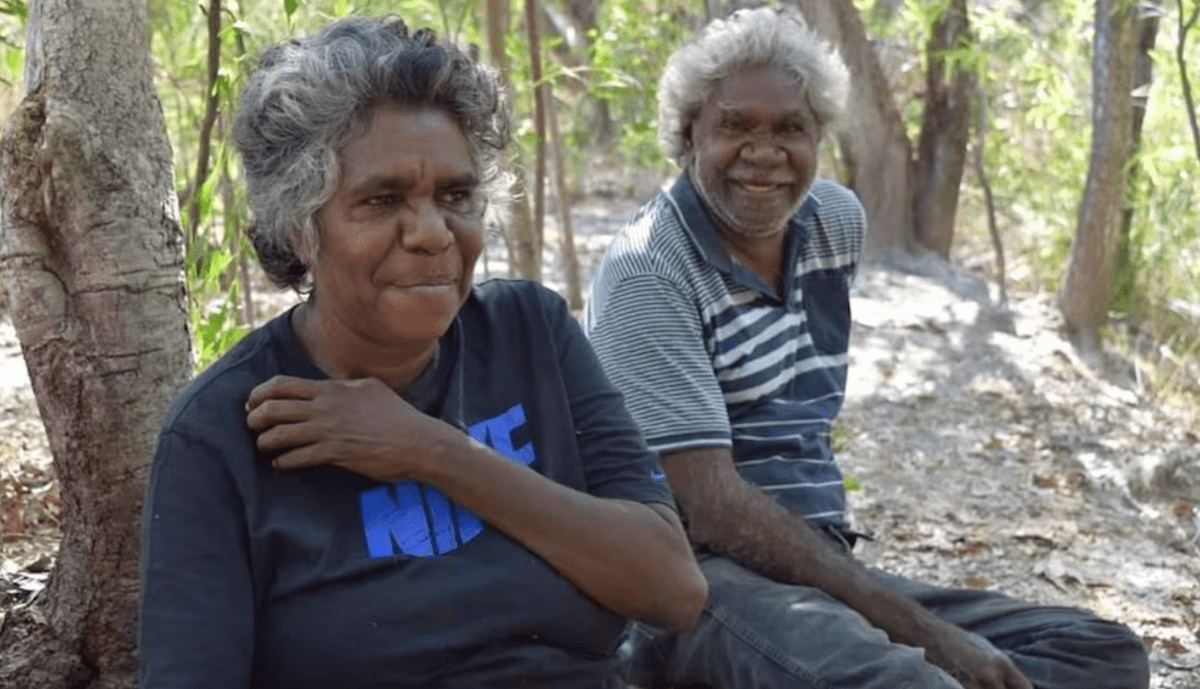
Bush food, bush medicines, and understanding how Aboriginal people lived are what a lot of tourists come to the West Australian outback to experience.
But industry leaders say most visitors leave without learning anything about it.
Bunuba and Walmajarri woman and tour operator Jane Bieundurry is trying to fill this “large gap” by sharing her knowledge with tour groups in Fitzroy Crossing — a town still recovering from record flooding in January.
Ms Bieundurry, whose family was part of the Stolen Generations, said it was important to tell their stories.
“I tell them about the history of this place and how my family used to live and work at the old police station, the post office and the old hospital,” Ms Bieundurry said.
“People have to hear about our history. We can’t keep on hiding it. It’s a true thing that happened.
“We need Australia to hear our stories through tourism or by education or whatever.”
With key roads reopened after flooding and the dry season underway, tourists have begun returning to the Kimberley region.
Ms Bieundurry said the topic tourists asked her about most was the Voice to Parliament.
“Most of my tourists tell me they’re voting for the Voice, so I get a good outcome,” she said.
“Telling the story is more powerful with people around you and taking them on country.”
Sharing culture through art
Two and a half hours away, Worrora and Nyikina woman Shontae Charles is a gallery coordinator and tour guide at Mowanjum Art and Culture Centre near Derby.
“My favourite part is talking to the tour groups and telling the story about the Wandjina,” she said.
Wandjina — believed to be a sacred spiritual force and creators of the land — are frequently portrayed by artists in parts of the Kimberley.
“I like to paint when I’m out on country because there are more ideas,” Ms Charles said.
“I just get a happy feeling when I start talking, sharing about my culture. It just makes me so proud.”
“We’re very lucky to have a local Indigenous woman telling the stories attached to this particular part of the Kimberley.
Visitors ‘soaking up the culture’
Tourist Jennifer Doyle and her husband travelled to the Kimberley from Canberra and have embraced the opportunity to learn from traditional owners, including Jane Bieundurry.
“We’re really enjoying ourselves and soaking up the culture,” Ms Doyle said.
“It’s been very insightful and moving.”
Robert Taylor, chief executive of the Western Australian Indigenous Tourism Operators Council, said there was strong demand from local and overseas tourists.
He said a Tourism WA survey of 270 local, interstate and international holiday-makers found 81 per cent were interested in an Indigenous tourism experience.
“But only around 17 per cent are getting one, which leaves a large gap,” Mr Taylor said.
“A lot of them really are interested in bush food, bush medicines and understanding how Aboriginal people lived.
“Tour guiding was very well sought after as well, walking on country with an experienced tour guide, learning about the Indigenous culture.
“We’ve been doing a lot of capacity building in that area.”
Mr Taylor said WAITOC had seen 66 per cent growth in membership in the Kimberley since 2015, with Kimberley tour operators making up nearly half of the organisation’s total membership.
While Mr Taylor said there had been a slow start to the tourist season in the aftermath of January’s record flood, both Ms Bieundurry and Ms Charles have been busy.
“It’s been full on,” Ms Bieundurry said.
“I’d like to encourage more people to be involved in tourism because tourism is a big opportunity to meet people and sell your products and to get business.”
Source: Eddie Williams and Mya Kordic
ABC News

